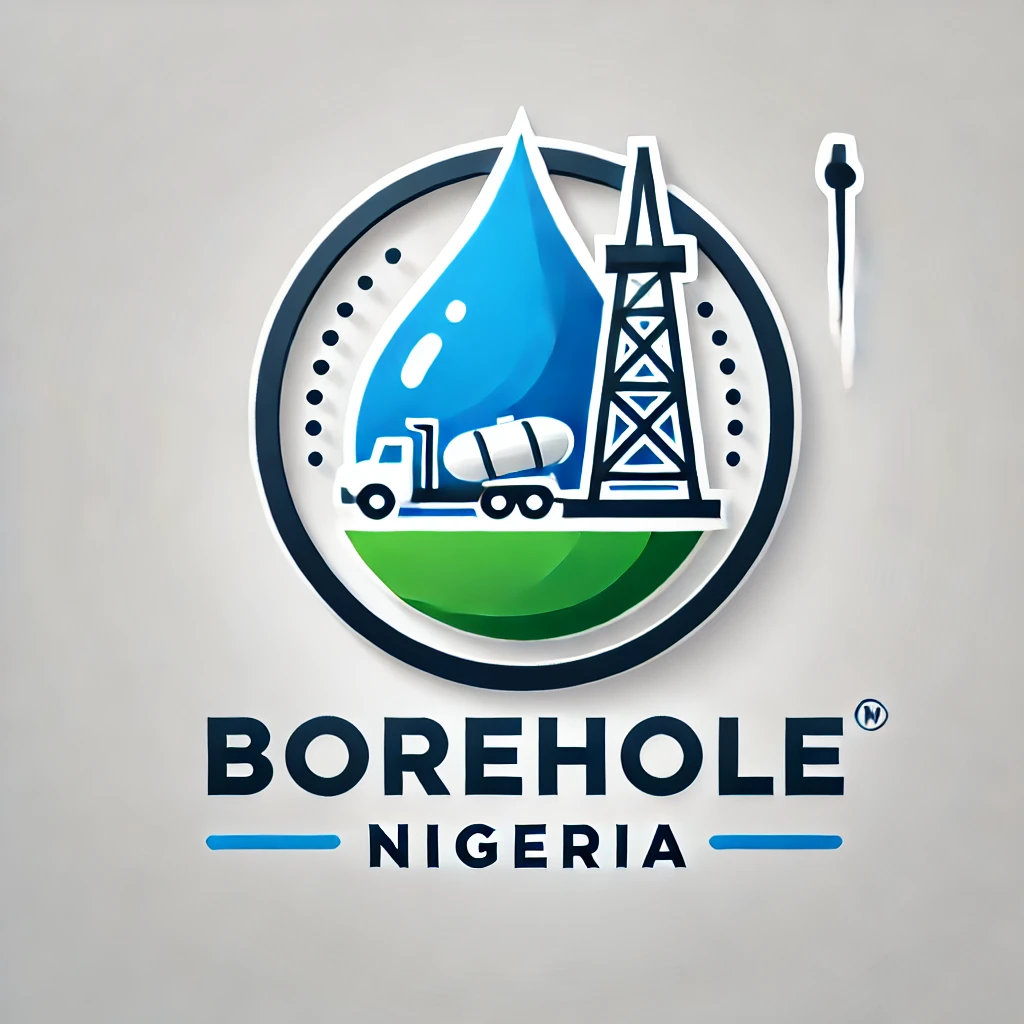Fracking (or hydraulic fracturing) can be conducted at varying distances from the wellbore of an oil or gas well, depending on the geology of the area, the target reservoir, and the type of well being drilled. Here’s an in-depth look at how far fracking operations are generally performed from the oil well itself and what factors influence this distance.
1. Distance from the Wellbore to the Fracture Zone
- Typical Distance: Fracturing usually occurs within a few hundred feet to up to two miles (10,000 feet) horizontally from the wellbore, depending on the type of well (horizontal or vertical) and the layout of the reservoir.
- Horizontal Wells: In most modern oil and gas operations, especially with shale, horizontal wells are drilled to extend out from the vertical wellbore to reach the most productive sections of the reservoir. Fractures are then created along these horizontal sections to maximize surface area contact with the reservoir.
- Vertical Wells: In conventional vertical wells, fractures typically extend just a few hundred feet from the wellbore because they are drilling into more concentrated reservoirs and have a more limited need to reach horizontally.
2. Horizontal Drilling and Fracturing Techniques
- Multi-Stage Fracking: In horizontal wells, multiple fractures are created in stages. These stages can range from 200 to 500 feet apart along the horizontal length of the well.
- Length of Horizontal Lateral: Horizontal laterals can extend from 1,000 to over 10,000 feet, depending on the geology and reservoir layout. Fracturing stages along these laterals are spaced to maximize contact with the oil- or gas-rich shale formation.
3. Factors That Determine Fracturing Distance from the Well
- Reservoir Geology: The depth and type of rock formation determine the spacing and length of fractures. Shale formations, for example, often require longer horizontal extensions and multiple fractures to access trapped hydrocarbons.
- Pressure and Rock Integrity: The pressure required to create fractures depends on the rock’s integrity and thickness. Fractures need to be far enough from the well to avoid fracturing back toward it, which could reduce effectiveness or damage the wellbore.
- Environmental Considerations: Operators try to keep fractures contained within the target zone to avoid impacting nearby groundwater or other oil and gas formations. Fracture distance is carefully monitored to ensure it doesn’t extend vertically into non-targeted formations.
4. Monitoring and Controlling Fracture Length
- Seismic Monitoring and Microseismic Mapping: Companies use seismic monitoring and other real-time mapping technologies to track the distance and direction of fractures as they occur.
- Water and Sand Pressure: Fracture length is controlled by adjusting the pressure and amount of water, sand, and chemical additives. Higher pressures and more material can create longer fractures but must be carefully balanced to avoid unintended fractures.
5. Safety and Regulatory Distance Requirements
- Buffer Zones: Regulatory agencies often set buffer distances to prevent fractures from extending too close to other oil wells, residential areas, or protected groundwater zones.
- Distance from Water Sources: Fracturing is generally regulated to keep it at least 500 to 1,000 feet away from groundwater aquifers to prevent contamination risks.
In conclusion, fracking distances from the oil well itself can range significantly based on the well design, geology, and regulatory requirements. Horizontal wells in shale plays may see fractures extending thousands of feet horizontally from the main wellbore, while vertical wells in conventional reservoirs typically involve fractures only a few hundred feet away. This flexibility allows operators to tailor fracturing operations to maximize extraction while maintaining safety and regulatory compliance.
